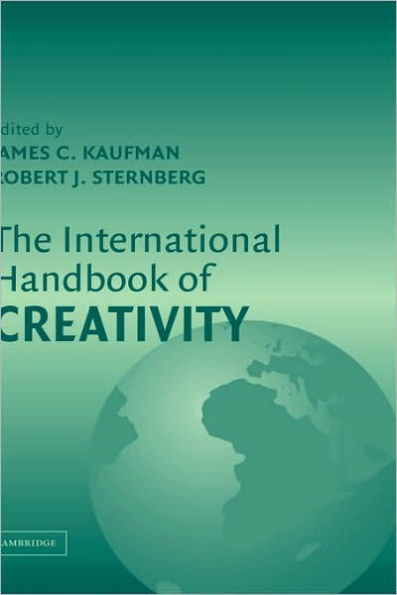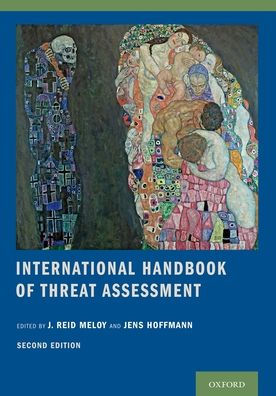Home
International Handbook of Population Policies
Barnes and Noble
International Handbook of Population Policies
Current price: $279.99


Barnes and Noble
International Handbook of Population Policies
Current price: $279.99
Size: Hardcover
Loading Inventory...
*Product information may vary - to confirm product availability, pricing, shipping and return information please contact Barnes and Noble
This Handbook offers an array of internationally recognized experts’ essays that provide a current and comprehensive examination of all dimensions of international population policies. The book examines the theoretical foundations, the historical and empirical evidence for policy formation, the policy levers and modelling, as well as the new policy challenges. The section
Theoretical Foundations
reviews population issues today, population theories, the population policies’ framework as well as the linkages between population, development, health, food systems, and the environment. The next section
Empirical Evidence
discusses international approaches to design and implement population policies on a regional level. The section
Policy Levers and Modelling
reviews the tools and the policy levers that are available to design, implement, monitor, and measure the impact of population policies. Finally, the section
New Policy Challenges
examines the recurrent and emerging issues in population policies. This section also discusses prospects for demographic sustainability as well as future considerations for population policies. As such this Handbook provides an important and structured examination of contemporary population policies, their evolution, and their prospects.
Theoretical Foundations
reviews population issues today, population theories, the population policies’ framework as well as the linkages between population, development, health, food systems, and the environment. The next section
Empirical Evidence
discusses international approaches to design and implement population policies on a regional level. The section
Policy Levers and Modelling
reviews the tools and the policy levers that are available to design, implement, monitor, and measure the impact of population policies. Finally, the section
New Policy Challenges
examines the recurrent and emerging issues in population policies. This section also discusses prospects for demographic sustainability as well as future considerations for population policies. As such this Handbook provides an important and structured examination of contemporary population policies, their evolution, and their prospects.

















